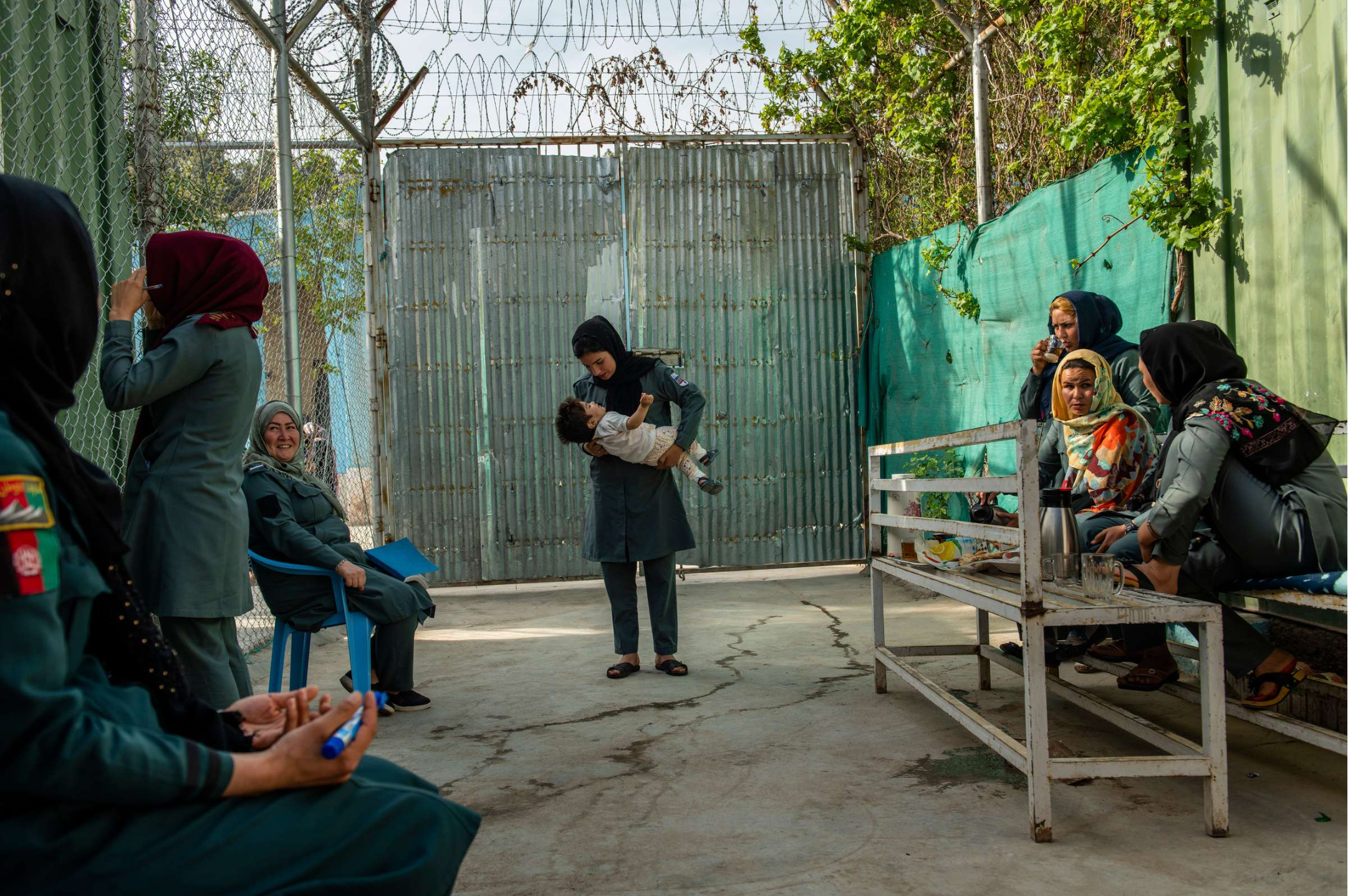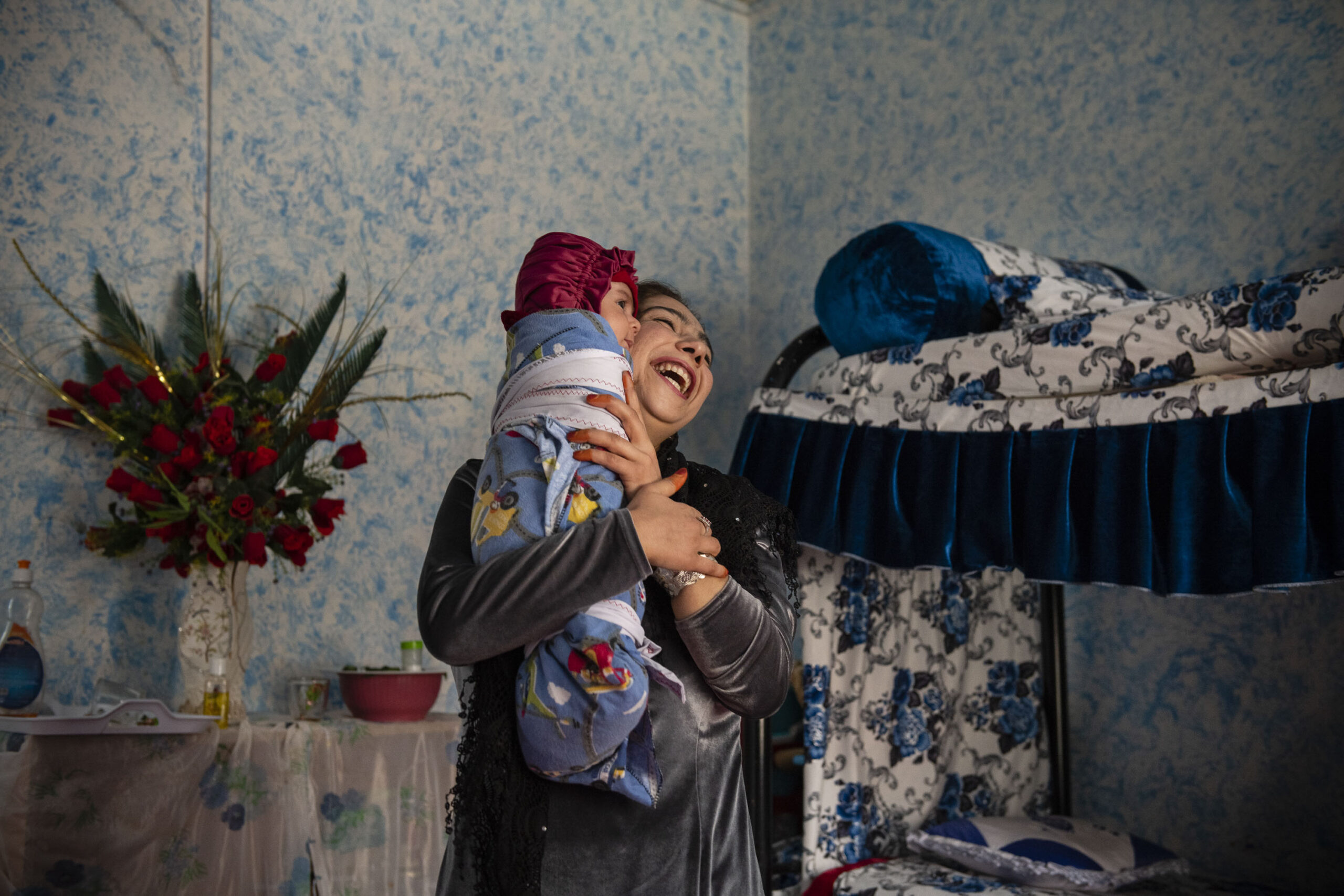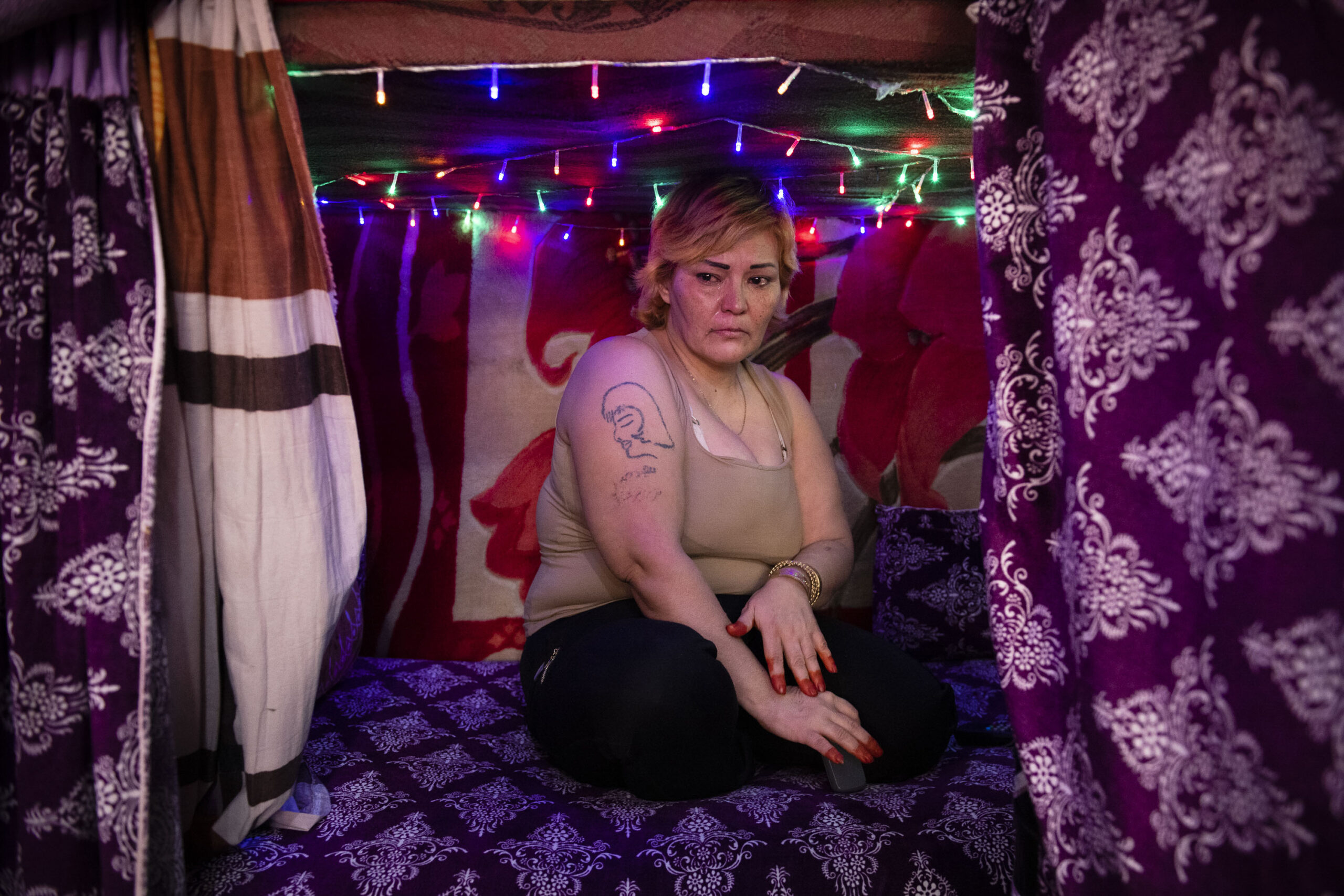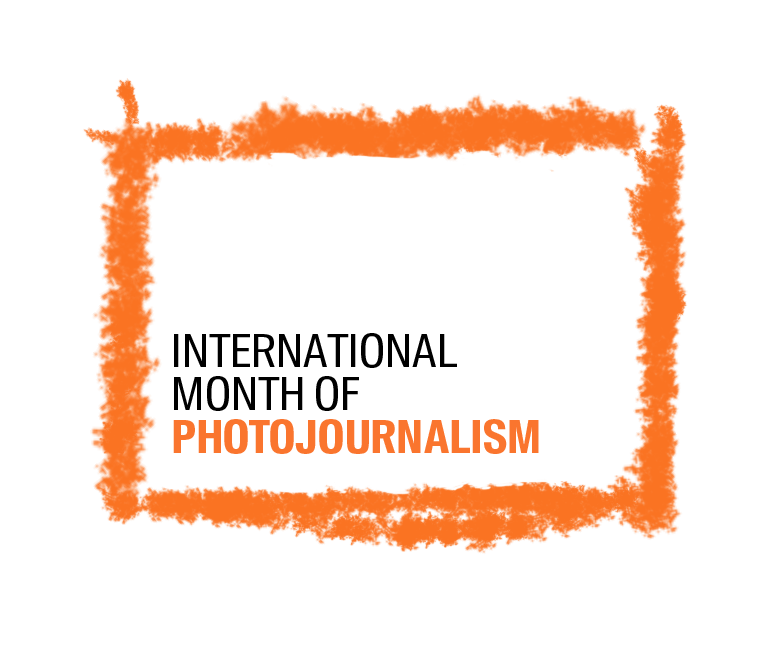


CATTEDRALE EX MACELLO
VIA CORNARO 1
THUR TO SUN 10.00 – 19.00
Kiana Hayeri
“Where prison is a kind of freedom”

Location: AFGHANISTAN
The 15-foot walls that surround the Herat Women’s Prison are common to government properties in Afhanistan, as is the corrugated-metal gate, which is guarded by security personnel day and night. The concertina wire that encircles the walls gives the compound a cagelike feeling, but the barriers are meant to keep intruders from getting in as much as they are intended to keep inmates from getting out.
One hundred nineteen inmates and their 32 children live behind the robin’s-egg blue walls of the prison, located in the northeast sector of Herat city in western Afghanistan, just off the main road. First opened in the 1990s, before the Taliban took power, the facility is now run by the provincial government with some support from local nongovernmental organizations. At least half the women in Afghan prisons have been charged with so-called moral crimes like drug use, running away from home and sex outside of marriage — including in the case of rape, evidence of which may be uncovered through forced virginity tests. Despite pressure from Western governments and human rights groups to change these laws, such offenses continue to be recognized as serious crimes under Afghanistan’s Constitution.
The girls were subjected to physical and verbal abuse with no access to money, no legal protection and no means of initiating divorce proceedings. There is little legal consequence for violence against women — in a country where nearly 90 percent of them will experience some form of domestic abuse in their lifetime, according to a 2008 study by the United States Institute of Peace.
In 2019, Kiana Hayeri, an Iranian-Canadian photographer based in Afghanistan, visited Herat Women’s Prison. The images she captured there stand in stark contrast to the essentializing portraits of the women in blue burqas common in Western news coverage of Afghanistan: Behind bars, they have found a semblance of peace — or at least a place less violent than the one they killed to escape. Despite the overcrowding, many inmates said that they felt freer in prison than they had in their marriages.
ABOUT KIANA HAYERI
Kiana grew up in Tehran and moved to Toronto while she was still a teenager. In 2014, a short month before NATO forces pulled out, Kiana moved to Kabul and stayed on for 8 years. Her work often explores complex topics such as migration, adolescence, identity and sexuality in conflict-ridden societies.
In 2021, Kiana was honored with the prestigious Robert Capa Gold Medal for her photographic series ‘Where Prison is Kind of a Freedom,’ documenting the lives of Afghan women in Herat Prison. In 2022, as part of The New York Times reporting team, she contributed to the work that won The Hal Boyle Award for ‘The Collapse of Afghanistan’ and was shortlisted for the Pulitzer Prize in International Reporting.
The same year, she was named the winner of the Leica Oskar Barnack Award for her portfolio, ‘Promises Written On the Ice, Left In the Sun,’ providing an intimate look into the lives of Afghans from all walks of life. In 2024, she published a photobook “When Cages Fly”.
Kiana is a Senior TED fellow, a National Geographic Explorer grantee and a regular contributor to The New York Times and National Geographic. She is currently based out of Sarajevo, telling stories from Afghanistan, Balkans and beyond.
